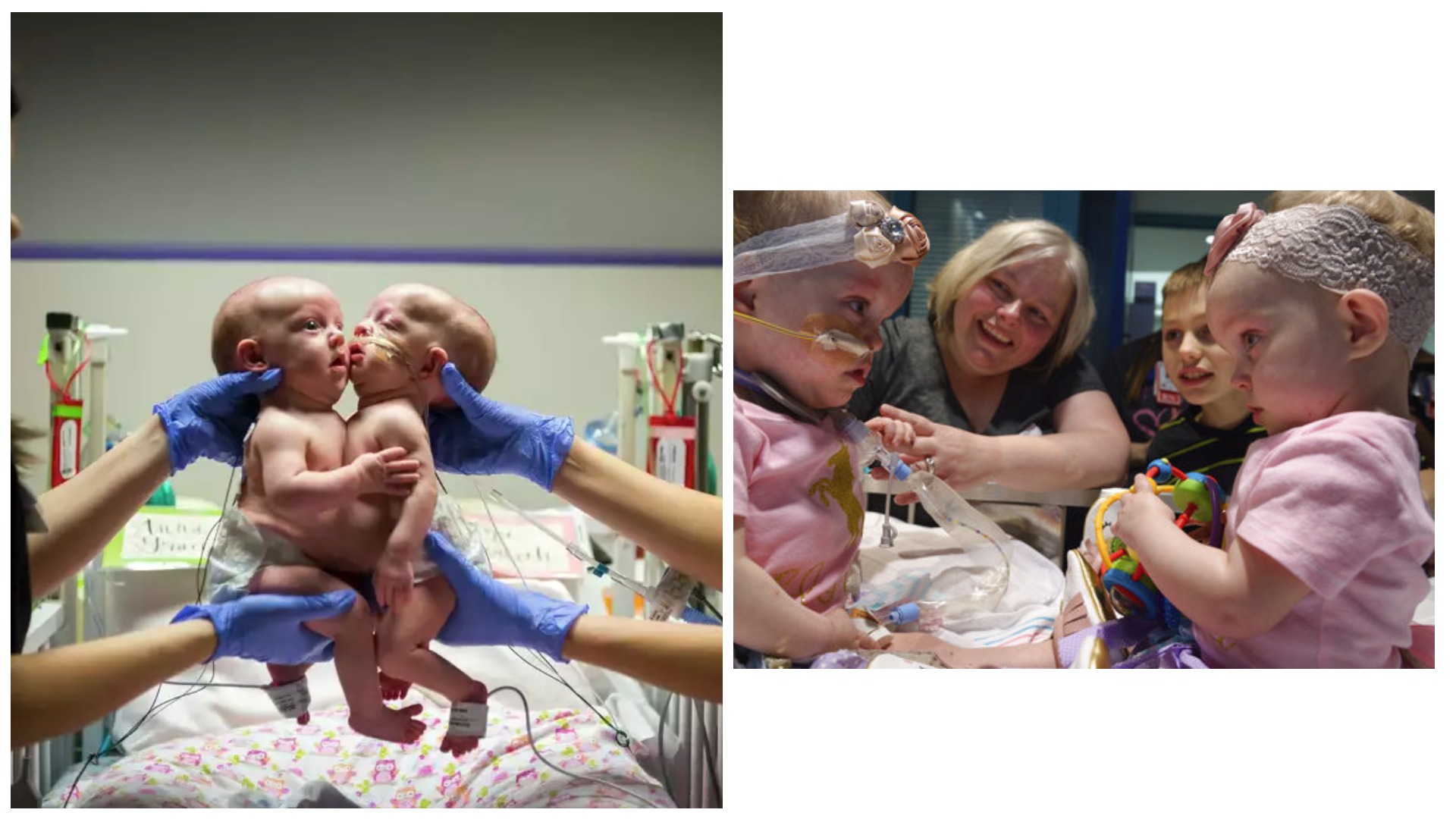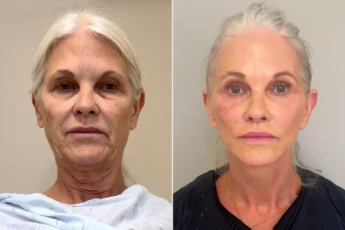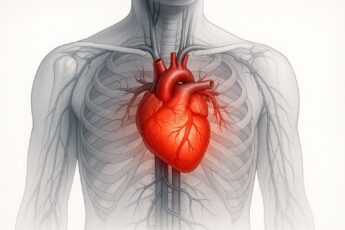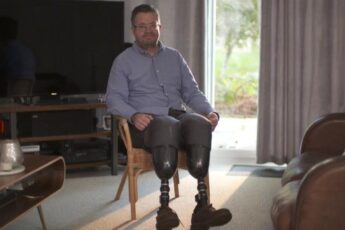They slept in one bed under one heartbeat for years—until surgeons dared to cut what fate had sewn. In the silent pre-dawn, parents kissed foreheads knowing tomorrow might break them. Skin, liver, heart, lungs—everything shared. The operating room lights glared like judgment. Seven hours to sever their bond. One cut to separate two souls.
This is the story of Anna Grace and Hope Elizabeth Richards—identical twin girls born on December 29, 2016, at Texas Children’s Pavilion for Women in Houston. From the first ultrasound, doctors discovered they were conjoined twins, joined at the chest and abdomen, sharing a liver, diaphragm, chest wall, and a large vessel connecting their hearts.
Their parents, Jill and Michael Richards of North Texas, were thrust into a whirlwind of decisions, grief, hope, and fear. They relocated to Houston so the twins could be born at the hospital best suited to manage the extreme complexity.
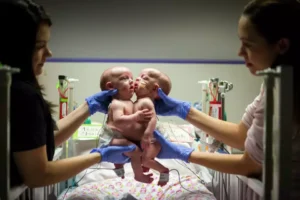
Early Days: Monitoring & Preparation
From birth, Anna and Hope were in the neonatal intensive care unit. Doctors used advanced imaging—MRI, CAT scans, 3D modeling—to map every shared vessel, organ, and boundary.
In November 2017, months before separation, surgeons implanted tissue expanders under the twins’ skin. These expanders gradually stretched the flesh so that, after separation, there would be enough skin to close both bodies.
These months were haunting. The family lived between hope and dread.
The Fateful Day: January 13, 2018
On January 13, 2018, a team of nearly 75 medical specialists—surgeons, cardiologists, anesthesiologists, plastic surgeons, nurses—entered the operating theater at Texas Children’s.
For seven hours, the team labored to untangle what nature had fused. They separated shared organs:
The liver
The diaphragm
The pericardial sac and parts of the heart (they had shared a vessel)
Shared chest wall and abdominal tissues
The procedure was treacherous. Surgeons ran simulations, held countless planning meetings, performed virtual dissections—preparing for every conceivable emergency.
In the operating room, every second was life or death—for one twin might bleed, the other might collapse. There were points when parts of the anatomy refused easy separation. The team had to make split-second judgments.
When it was over, both girls were alive—separated into two bodies, each breathing independently for the first time.
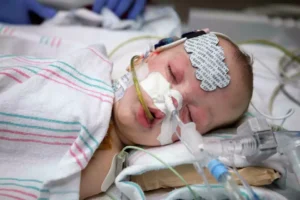
Recovery and Discharge
After surgery, both girls needed intensive care. They spent weeks in cardiovascular and neonatal units.
Anna Grace was discharged on March 2, 2018.
Hope Elizabeth stayed longer, being discharged on April 25, 2018, after 482 days in the hospital system.
When they left, they rejoined their family: two brothers, their parents, plus life that now held both joy and caution.
Challenges Ahead
Even with separation, Anna and Hope’s paths held struggles:
They will likely need additional surgeries (orthopedic, cardiac, reconstructive) as they grow.
Their bodies, having shared blood flow and organs, will require close monitoring for complications.
They must grow physically, emotionally, psychologically—each forging an individual identity.
Emotional Weight
Imagine the parents, watching two cribs side by side—once bound, now freed. Imagine the sisters discovering that the touch of a sibling was no longer shared nerve endings—but choice. Imagine the pieces of their bodies stitching back together as their souls diverge.
Jill once said, “We thought about this day and prayed for it for nearly two years.” When the girls awakened in separate beds, that moment felt like heartbreak and rebirth.
The community rallied. The hospital published a “chance for a normal life” story on its site.
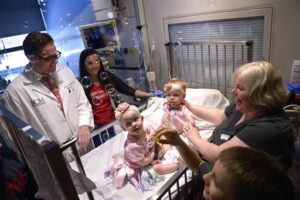
The Viral Miracle
On social media, the Richards twins became symbols of courage. News outlets shared their journey from conjoined existence to independent life. Many eyes turned to their faces, their smiles, their first steps. They were young miracles.
But viral stories often simplify. Some reports exaggerated their condition. Others claimed they “shared one heart” entirely — which is false. They shared part of circulatory vessels, but not a full single heart. The factual sources are cautious about those claims.
A Tabloid Twist
In quieter circles, rumors swirled: Did one twin fare better than the other? Some whispers speculated that Hope’s stay was longer due to complications. Others said Anna was more robust. The real truth is both had vulnerabilities, both needed care, and neither was perfect.
Some corners of the internet even attempted to pit them: “Which twin is stronger?” But the real triumph is that both survived.
A Future Both Shared and Separate
Today, Anna Grace and Hope Elizabeth continue their recovery at home with their family. Their doctors remain vigilant. Some future surgeries loom on the horizon. The family celebrates every milestone—first crawl, first independent breath, first laugh without wires.
They are sisters not just by birth, but by the hardest truth: they were once one, and now are two.
Conclusion: A Miracle of Science, Soul, and Siblinghood
In those seven hours under the surgical lights, surgeons didn’t just cut flesh—they rewrote destinies. Anna Grace and Hope Elizabeth went from shared life to separate existences.
They carry scars—visible and invisible. But they also carry hope. Their parents carried faith. The doctors carried precision and courage. And the world carried its breath until they were safely apart.
The moment when the operating room lights glared was also the moment when two lives were birthed anew. Their story reminds us: sometimes to heal, you must cut what you love. And sometimes, from that severing, new hope emerges.
Sources
Texas Children’s “A Chance for a Normal Life” (news release, details of separation) Texas Children’s
Click2Houston: “Conjoined twins separated during 7-hour surgery” KPRC
Medical Xpress: “Conjoined twins separated at Houston hospital discharged” medicalxpress.com
WFAA / local news: “Second formerly conjoined twin heads home” wfaa.com
Chron: “Second of formerly conjoined twins discharged” Chron
Other news sites: on twin separation coverage in 2018 WLTX+1

